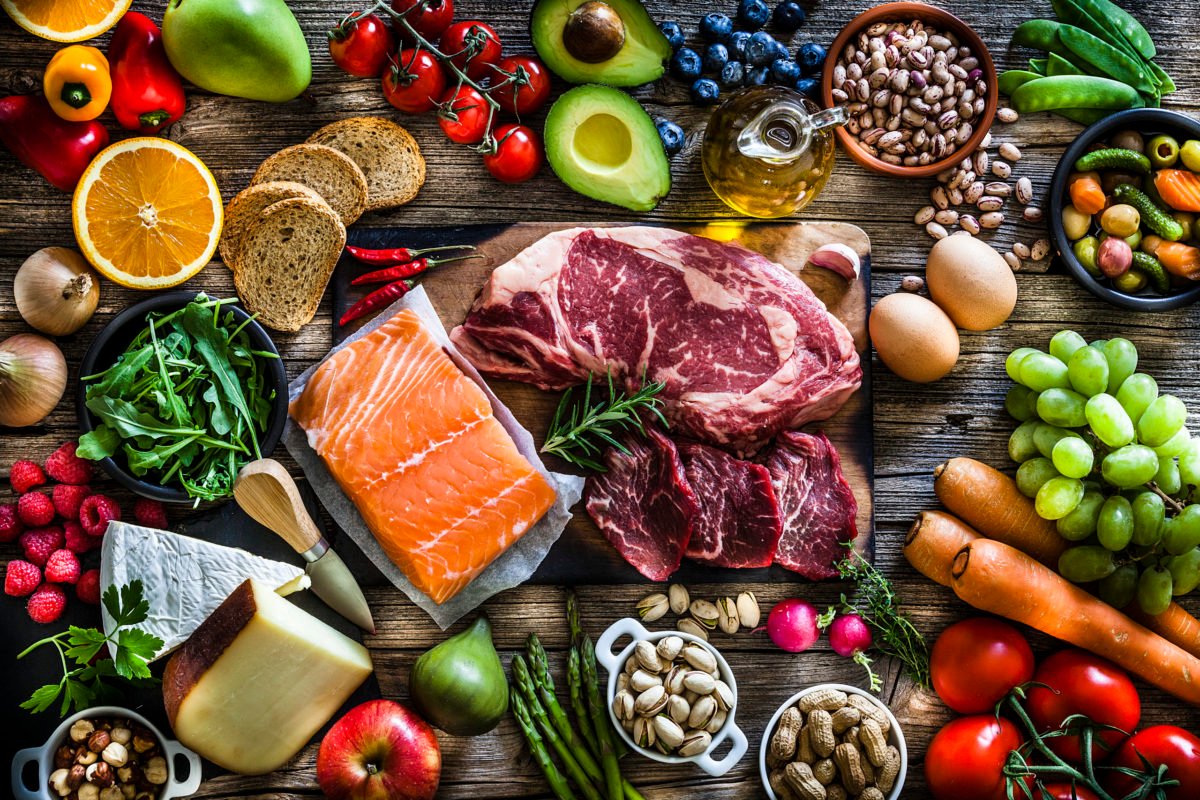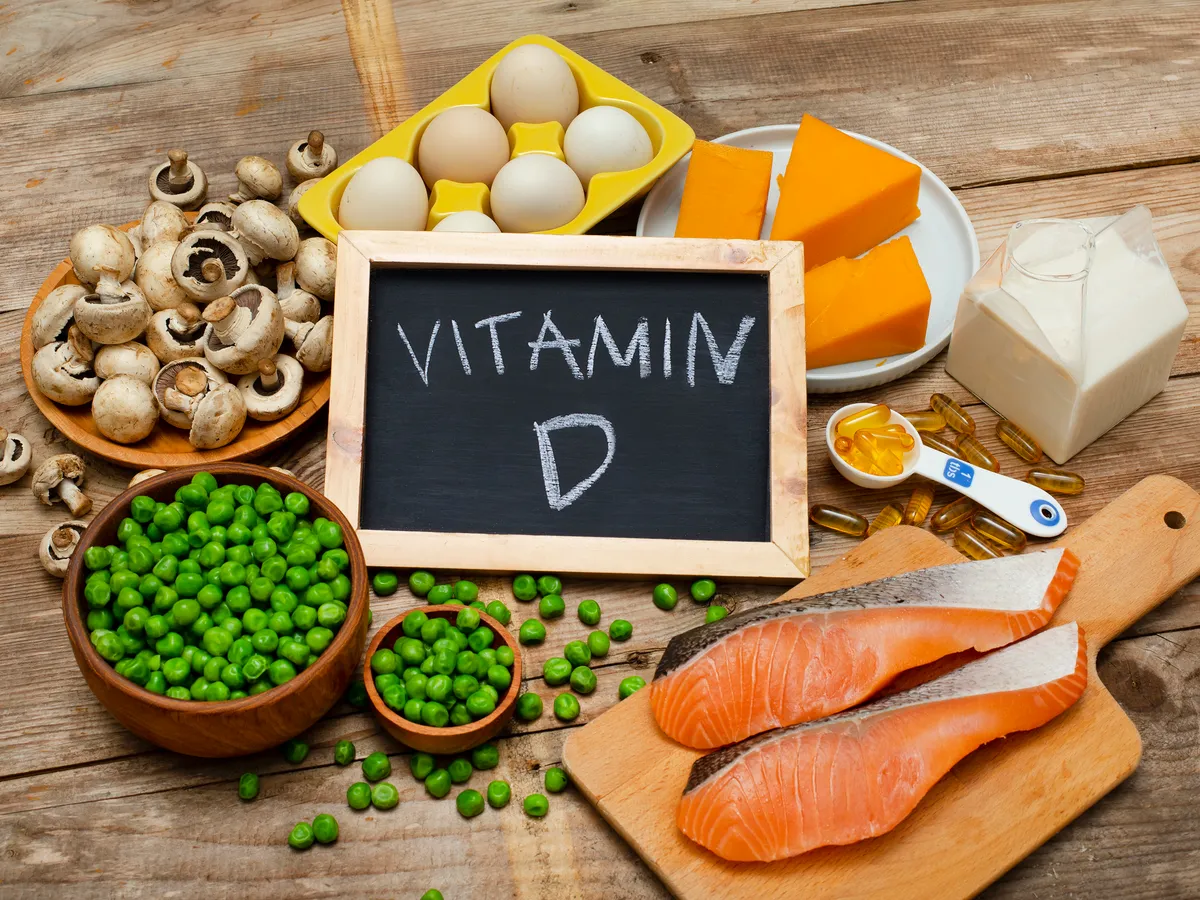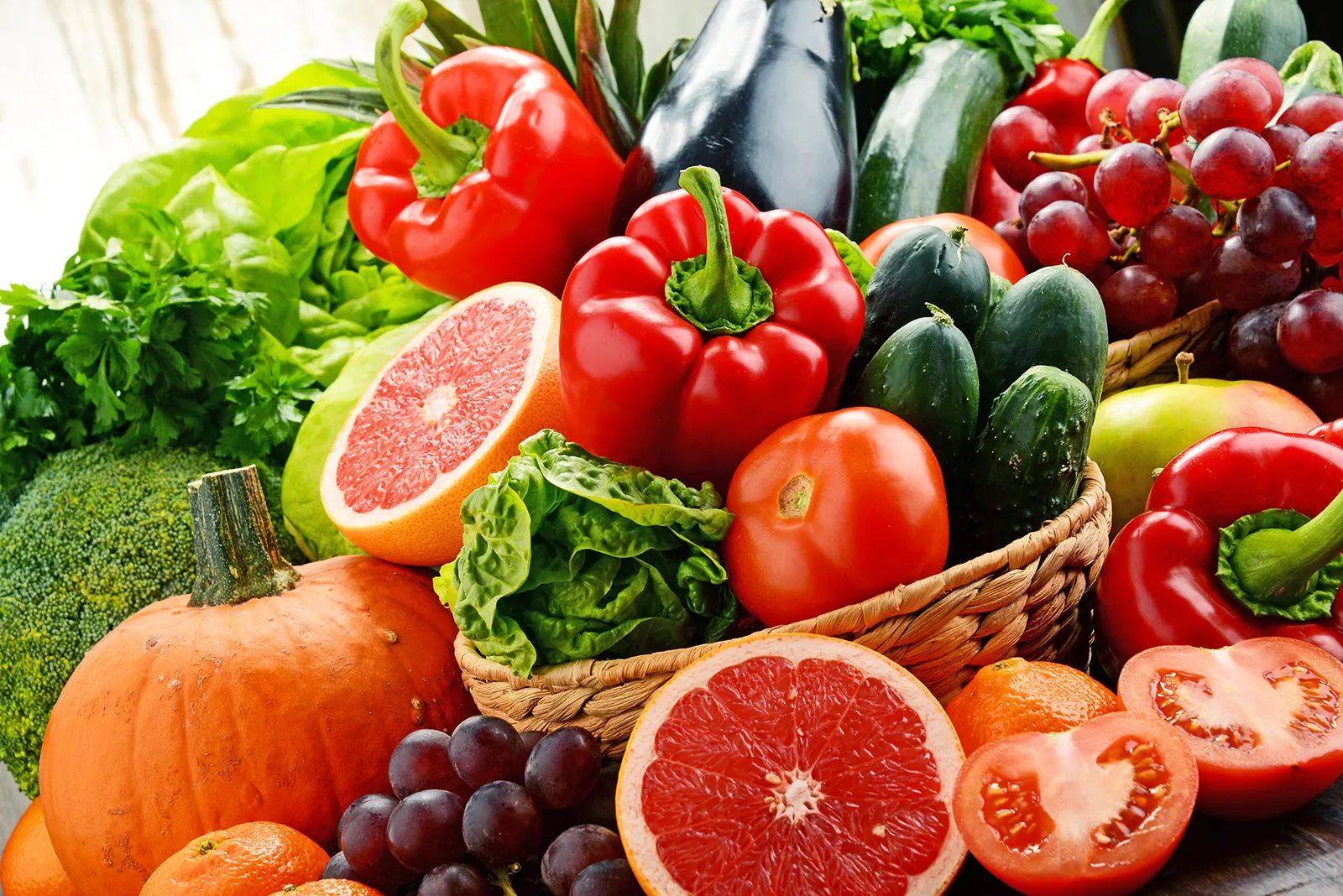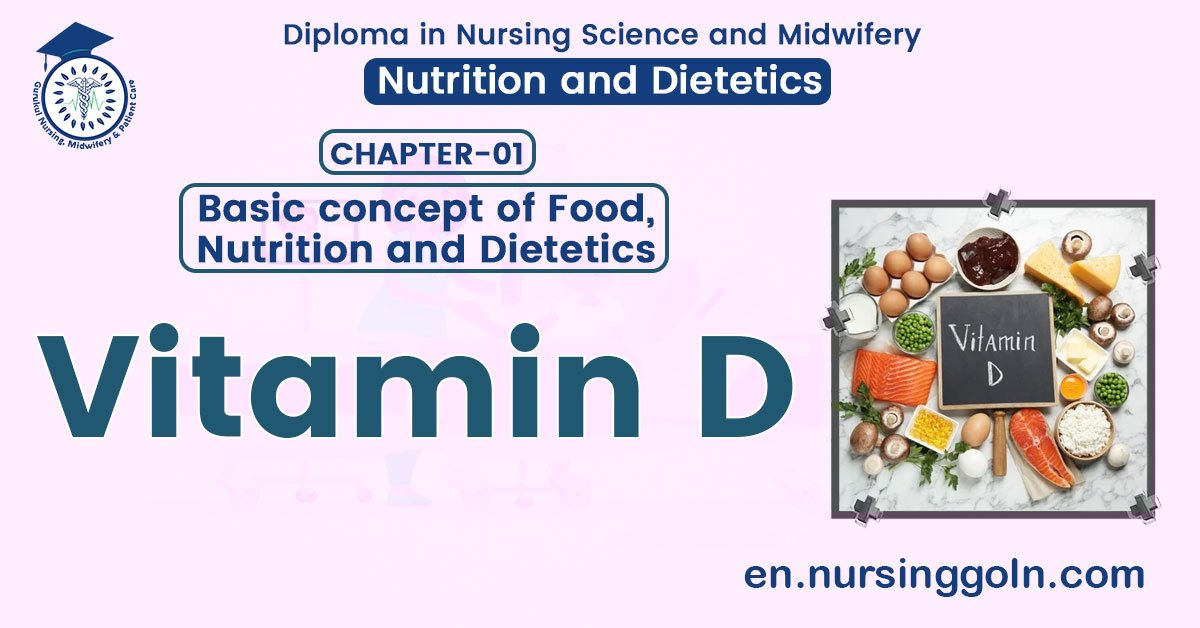Vitamin D – This book covers the entire syllabus of “Nutrition and Dietetics” prescribed by BNMC-for all Diploma in Nursing Science and Midwifery students. We tried to accommodate latest information and topics. This book is examination friendly setup according to the teachers’ lectures and examination’s questions. At the end of the book previous university questions are given. We hope in touch with the book students’ knowledge will be upgraded and flourished. The unique way of presentation may make your reading of the book a pleasurable experience.

Vitamin D
Definition of Vitamin-D:
Vitamin-D is a fat soluble vitamin. It is known as calciferol or sunshine vitamin. It is synthesized under the skin when exposed to sunlight. There are three types of vitamin-D, they are vitamin-D1, D2, D3.
Sources of vitamin-D:
There are two types of sources of vitamin-D
1. Natural source: The pro vitamin, 7 dehydrocholesterol, which is normally present in the skin is converted into vitamin-D3 by the action of the ultraviolet rays of the sunlight.
2. Animal source: Fish liver oil, egg yolk, milk, butter, ghee.
(Ref: T. K. Indrani/1/26)
Daily requirement of vitamin-D:
| Adult | 2.5 µg (1001U) |
| Infant & children | 5.0 µg (200 IU) |
| Pregnancy & lactation | 10.0 µg (400 IU) |
Function of vitamin-D:
1. It is required for the formation of healthy bones and teeth. It has a direct action on the mineralization of bones.
2. It stimulates the intestinal cells to synthesize calcium-binding protein which helps in calcium absorption.
3. It increases renal tubular re-absorption of phosphate. It has also variable effect on reabsorption of calcium.
4. It permits normal growth.
5. It maintains the concentration of calcium and phosphorus in blood.

Effects of vitamin-D deficiency:
Rickets:
It is a disease of young children (6 months to 2 years) characterized by
- Growth failure
- Bone deformity
- Muscular hypotonia
- Tetany
- Convulsion due to hypocalcemia.
There is an elevated concentration of alkaline phosphatase in the serum
Osteomalacia in adults:
In adult, vitamin-D deficiency may result in osteomalacia which occurs mainly in women, especially during pregnancy and lactation when requirements of vitamin-D are increase

Prevention of vitamin-D deficiency:
1. Educating parents to expose their children regularly to sunshine.
2. Periodic dosing (prophylaxis) of young children with vitamin-D: and 3. Fortification of foods, especially milk.
(Ref: T. K. Indruni/1/31)
Treatment and Prevention of Vitamin D Deficiency:
For the treatment of rickets and osteomalacia-
1. About 1000 to 5000 (IU) of vitamin should be administered orally for about a month.
2. Followed by 800 (IU) daily for 6 months.
3. These diseases can be prevented by supplementing the diet with 400 (IU) of vitamin D.
Effects of excess consumption of vitamin D:
1. Nausea
2. Vomiting
3. Diarrhea
4. Anorexia.
5. Polyuria
6. Weight loss
7. Increase toxicity may result in renal damage and
8. Calcification of soft tissue
Vitamin D is considered as kidney hormone:
It has been proposed that vitamin D should be regarded as a kidney hormone because it does not meet the classic definition of a vitamin, that is, a substance which must be obtained by dietary means because of lack of capacity in the human body to synthesize it. In fact, vitamin D3 is not a dietary requirement at in conditions of adequate sunlight. It can be synthesized in the body in adequate amounts by simple exposure to sunlight even for five minutes per day.
Risk of vitamin D deficiency:
1. Low birth weight babies. LBW babies are born with low stores of vitamin D. If their mother also lacks vitamin D. they get little from breast milk. Mothers may keep them covered and out of the sun because they are worried about them.
2. Babies of mothers who lack vitamin D. There may little vitamin D in breast milk from a mother who lacks vitamin D.
3. Children who live in crowed shanty towns and play mainly inside.
4. Children whose mothers go out to work and leave them inside the house all day.
5. Adolescent girls who do not go outside often and who become pregnant- because their vitamin D needs are particularly high.
6. Women who cover themselves in public and who live in house or apartments with no private
garden or courtyard.
7. Old or disabled people who stay indoors all day and who eat a poor diet.
(Ref: Nutrition for Developing Countries/2/264)

Content of vitamin D in some food stuff:
| Food stuff | Content (IU/100gm) |
| Milk powder (full fat) | 15-25 |
| Butter | 20-60 |
| Cod liver oil BP | 8,000 |
| Fish liver oil | 20.000-400.000 |
| Fat, fish (sardine salmon, herrine) | 200-1200 |
Read more:
